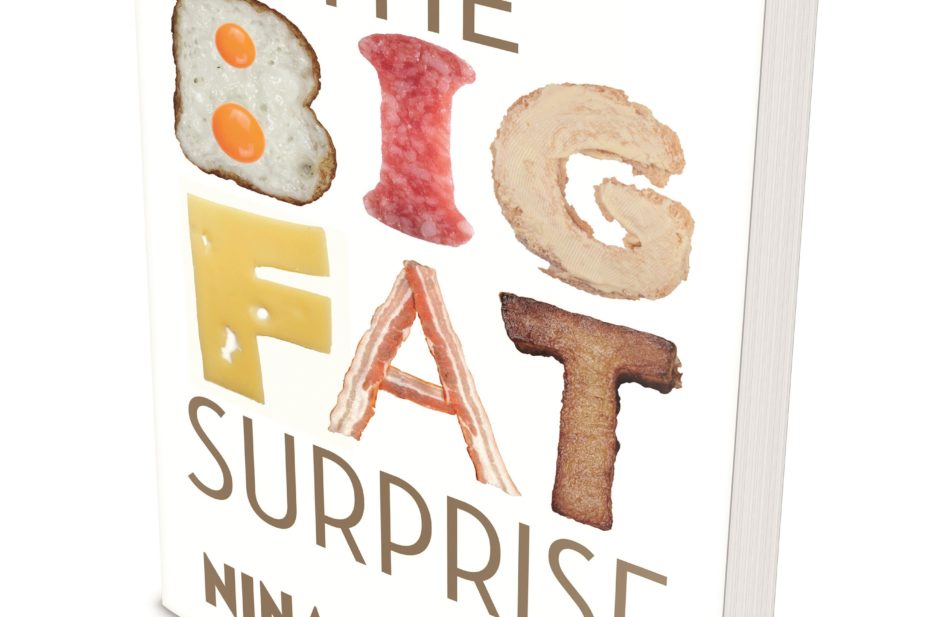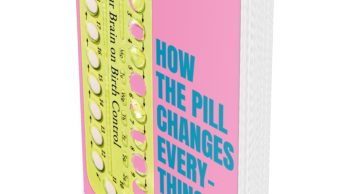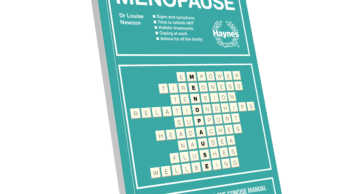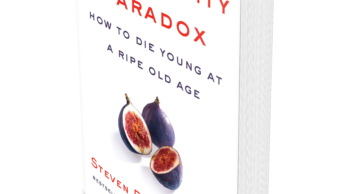
It is deeply ingrained in our collective psyche that fat, especially saturated fat, is bad for our health. Numerous campaigns over the years have repeatedly advised us to reduce our intake of saturated fat for a simple and logical reason. Saturated fat raises low-density lipoprotein (LDL) cholesterol and higher levels of LDL effectively increase the risk of a heart attack or stroke. But is this really true? The message to cut down on fat has been promulgated for over 60 years, yet we are in the midst of an international obesity epidemic. But is this all down to consuming too much fat, especially the saturated variety?
How did saturated fat become the bête noir of the nutritional world? According to this book, the origin of saturated fat’s bad press appears to have arisen through its links with cholesterol. At the beginning of the 19th century, experiments in rabbits had shown that feeding the animals large doses of cholesterol appeared to produce atherosclerotic changes in their arteries. This captivated researchers at the time who ignored the fact that rabbits, being herbivores, did not eat meat (the source of the cholesterol) so feeding rabbits an alien diet was bound to cause problems. Later work in dogs showed that overfeeding cholesterol caused no real problems. It was only in the 1950s when physiologist Ancel Keys demonstrated a strong and positive correlation between a nation’s fat intake and heart disease that the connection was made. However, Keys was criticised because he only included data from six countries, but including data from all 22 countries for which information was available, the correlation no longer held. Nevertheless, the connection between fat consumption and heart disease struck a chord and has been an important part of health policy ever since.
In this book, the author dissects many of the studies used by the anti-fat campaign to support their case. Perhaps one of the biggest studies designed to confirm the importance of lowering fat intake was the MRFIT trial that enrolled 12,000 men and followed them over a seven year period. The intervention group reduced their intake of fat, drank skimmed milk, used margarine instead of butter, exercised more, stopped smoking, etc. However, the results were a disaster: there were more deaths in the intervention group compared with the control group.
In later chapters, the author discusses the merits of the Mediterranean diet. Several studies have demonstrated the health benefits of this diet, yet one of the first to show this also had a low carbohydrate arm in which patients faired better than those assigned to Mediterranean diet.
The book moves on to consider the low carbohydrate diet and the evidence which suggests that after all, saturated fat probably is not as harmful as we had previously thought. In conclusion, the author suggests that a low carbohydrate diet is probably the healthiest approach.
This well written book throws current dietary advice on its head. The arguments in favour of eating foods with a purported bad reputation are well presented and convincing. The book would be of interest to pharmacists who are curious about the origins of nutritional health policy, as well as the evidence on which it is based and how this has evolved over the past 60 years.
References
‘The big fat surprise: why butter, meat and cheese belong in a healthy diet’, by Nina Teicholz. Pp ix+479. Price £14.99. New York: Simon & Schuster; 2014. ISBN 978 1 4516 2442 7


